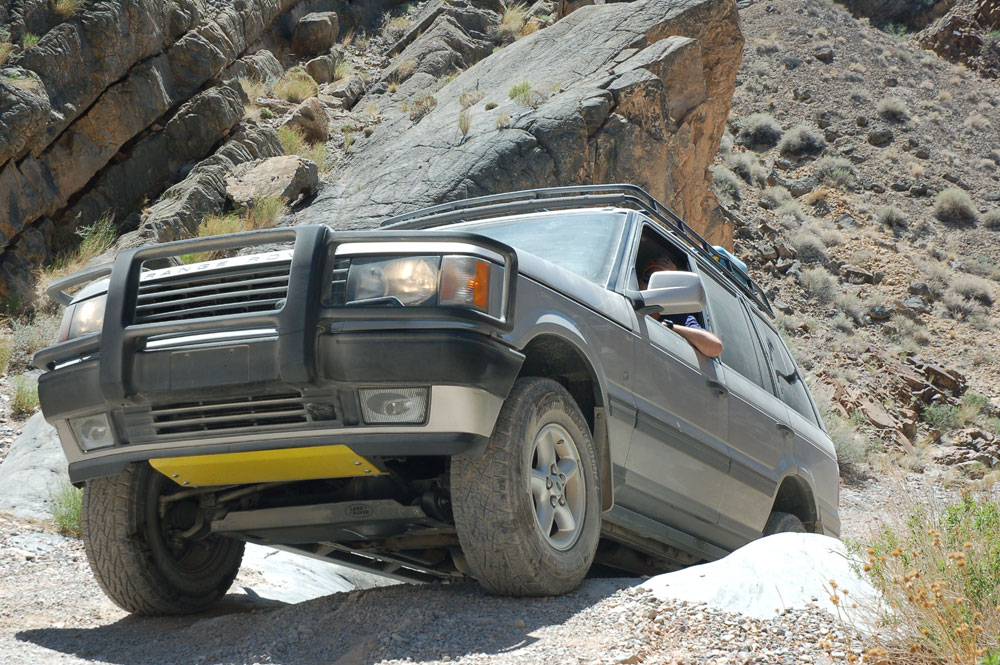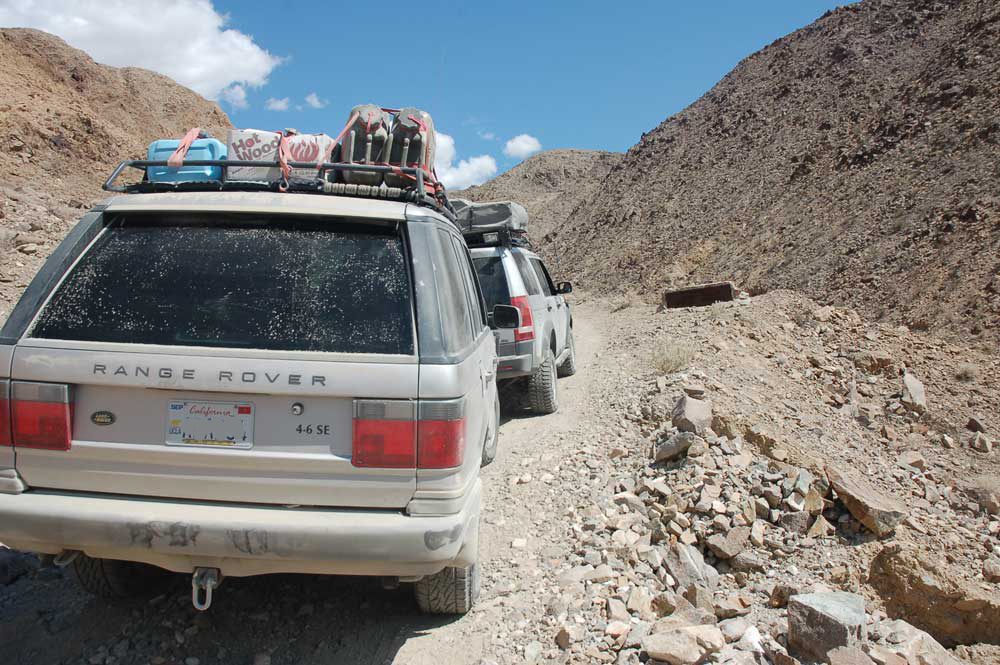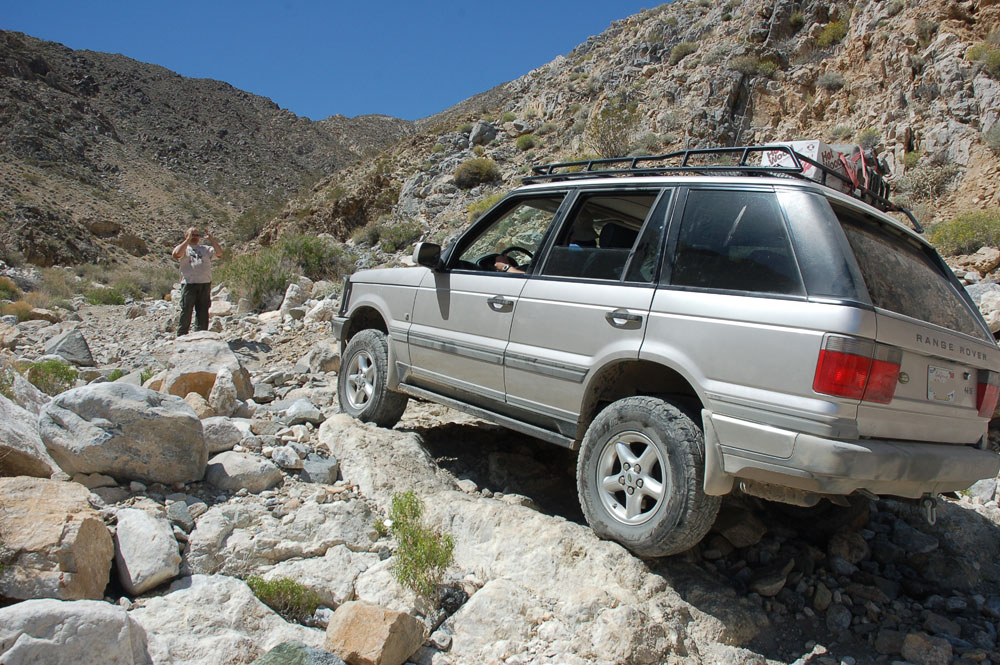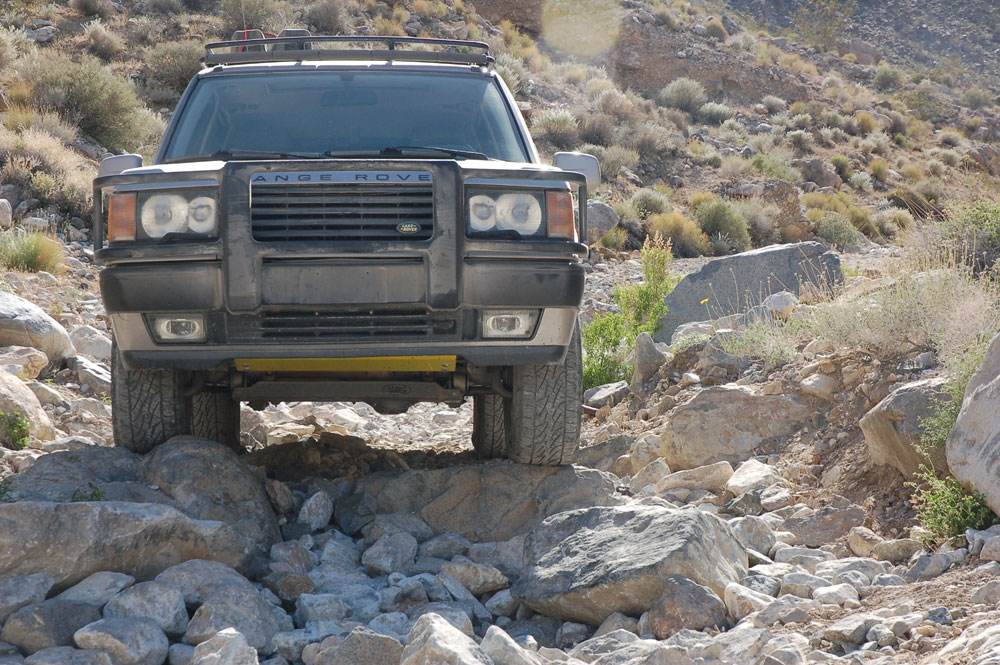Hmm... where do I start... Yes, I was the one who started that crazy thread above and even after all the negative advice, I bought it. And I would do it again... I love my P38.
It rides great, is big without being too big, has solid axles front and rear, and is quite capable in stock gear. I chose my P38 over the Disco because I like the lines, the interior is more refined and I actually see the EAS (air suspension) as a positive, contrary to many others. Unfortunately, there isn't as much aftermarket support for the P38 when compared to the Disco, but there is enough.
I have been modifying my P38 for overlanding, not rock crawling. Like any Rover, you need to go over all the common problem areas and keep up with all maintenance.
www.rangerovers.net will be your best friend as it has the most knowledge about range rovers anywhere on the web. It has an international following and anything that has gone wrong with these vehicles has been fixed by someone on the forum. There is also a whole set of main pages that has common problem areas and fixes. At first glance, it seems like a lot of issues, but read through them. I have owned BMWs and Audis and the list for them is just as long, if not longer.
Modifications to date:
Safety Devices roof rack (hard to come by, but the best mod)
Southdown front steering guard
LR front axle guard
Custom sliders from a guy on rangerovers.net
Larger tires (265/70R16s) with AT tires - Revo 2s
Custom rear storage with slider for ARB fridge
12v constant on accessory plug
CB
Next Mods:
Rear ladder
Rear diff guard
Rear gas tank guard
Gen III airsprings (gives yo 2 extra inches of lift)
Longer shocks
TrueTrac front and rear diff
Ham radio
P38s have dropped in price and good vehicles can be bought for $10K or less. But you need to know what to look for.
Here are a few links to give you a few things to check:
http://www.mez.co.uk/p38.html
http://www.rangerovers.net/rrbuying.htm
A few pics of mine at Death Valley:








